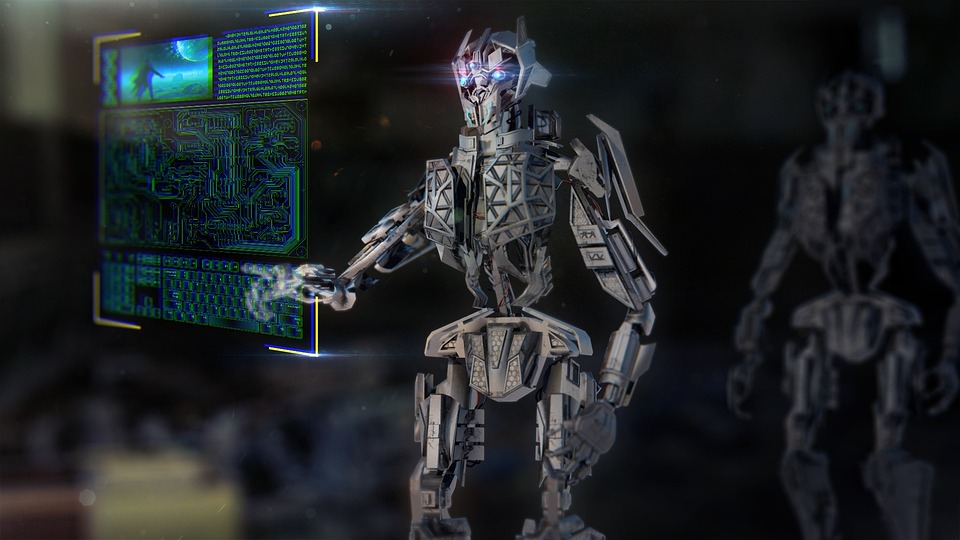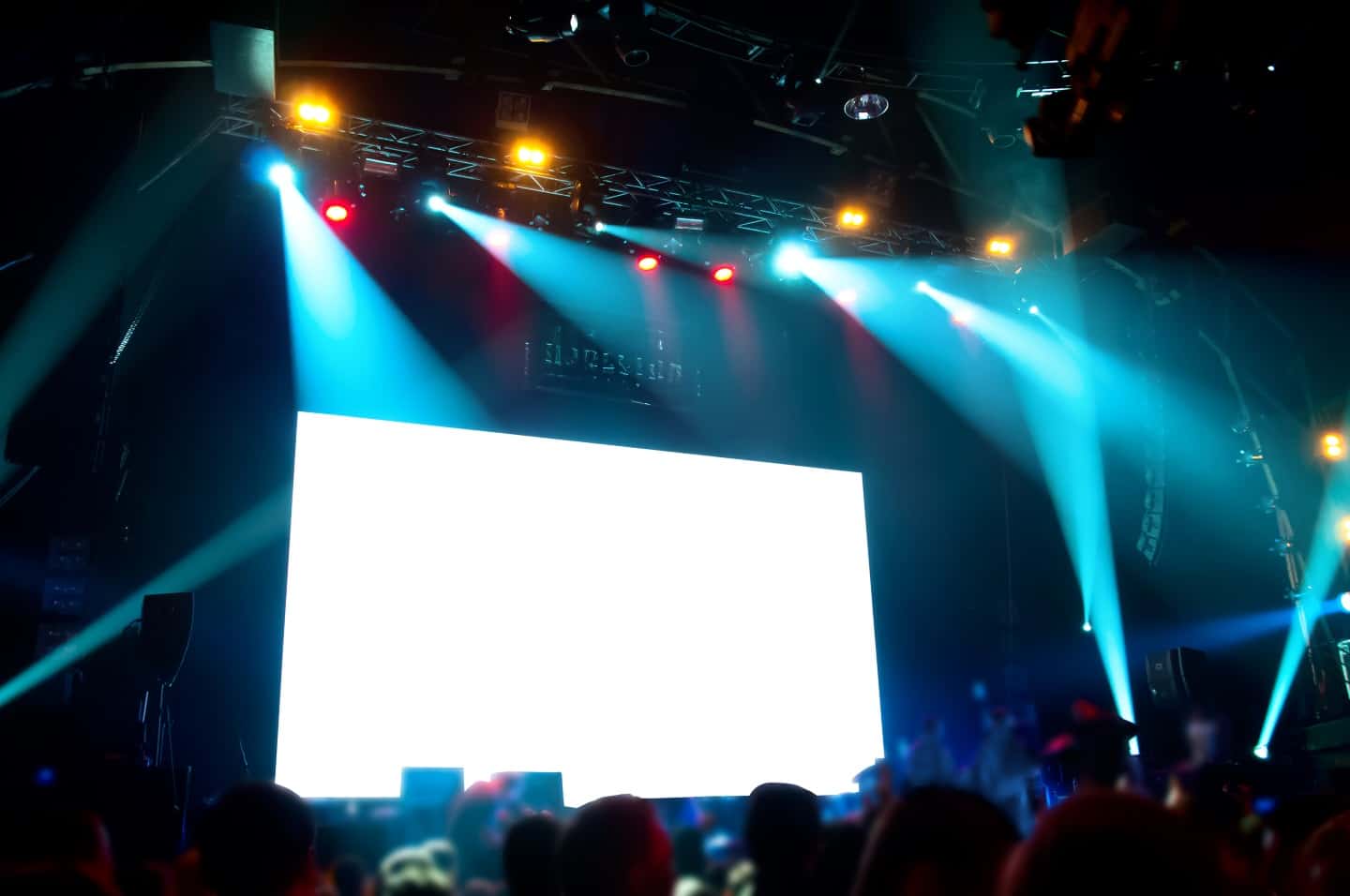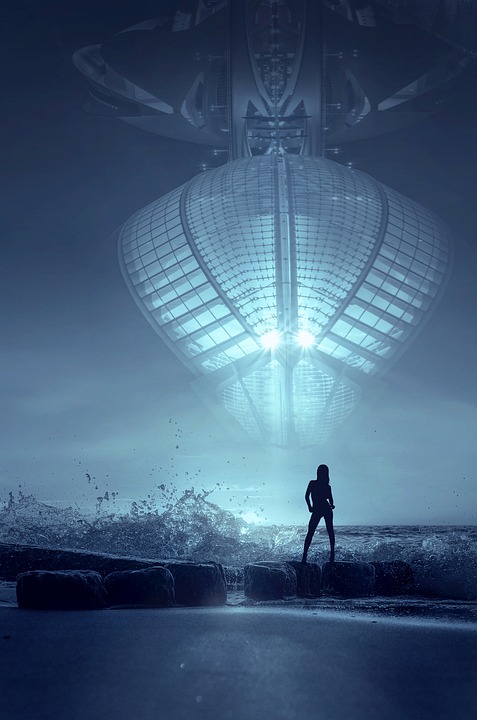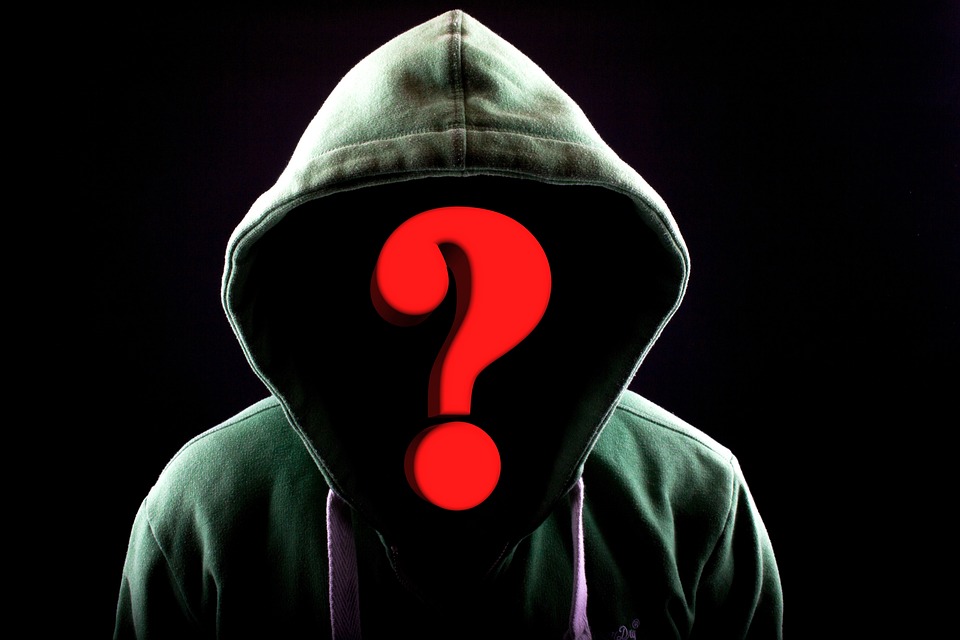Breaking Tradition: AI Art Challenges the Notions of Human Creativity
With the advent of Artificial Intelligence (AI), technology has been evolving at an exponential rate, revolutionizing various aspects of our lives. One such breakthrough that has captivated the world is AI-generated art. This cutting-edge technology challenges the traditional notions of human creativity and raises profound questions about the future of artistic expression.
AI-generated art is the outcome of machine learning algorithms that have been trained using vast amounts of data, including paintings, photographs, and other visual content. Through this training, AI systems are capable of analyzing, understanding, and then replicating artistic styles. The generated artworks can imitate the brushstrokes of renowned painters, recreate classical masterpieces, or even produce unique compositions that transcend existing genres.
The rise of AI-generated art has sparked a significant debate in the artistic community. Critics argue that the essence of art lies in the unique, emotional, and imaginative qualities that only humans possess. They claim that AI-generated art lacks authenticity, originality, and the depth of human experience. However, proponents argue that this technology opens up new possibilities, pushing the boundaries of artistic creation and challenging the monopolization of the art industry by a select few.
One of the standout examples of AI-generated art is a piece called “Portrait of Edmond de Belamy.” This painting, created by a Paris-based art collective named Obvious, was auctioned for a staggering $432,500 at Christie’s in 2018. The portrait, though not of anyone in particular, was generated by an AI algorithm trained using 15,000 historical portraits. This sale provoked heated discussions within the art community, where opinions were sharply divided between those who embraced this new form of art and those who perceived it as a threat to human creativity.
The fundamental question that arises from AI-generated art is whether it can truly be considered creative. Does creativity lie solely in the process of conceiving and bringing forth ideas, or can a machine also be creative in its own right? While some argue that creativity is an exclusively human capacity rooted in emotions, cognitive processes, and experiences, others conceive of creativity as a broader concept, encompassing any system capable of producing novel and valuable outputs.
Another contentious aspect of AI-generated art is the copyright issue. Who owns the rights to AI-generated art? Is it the creator of the machine learning algorithm, the person who trained the AI, or the AI system itself? These questions raise legal and ethical dilemmas that society is yet to resolve.
On the positive side, AI-generated art offers several advantages. It allows artists to explore new avenues and push their own creative boundaries by combining their human imagination with the immense computational power of AI. Additionally, for art enthusiasts, AI-generated art brings a new dimension to the artistic experience, introducing previously unseen aesthetics and broader accessibility.
FAQs:
Q: Can AI replace human artists?
A: AI-generated art is not designed to replace human artists. Instead, it is meant to coexist and complement traditional artistic practices. AI-generated art can be seen as a new tool that artists can utilize to expand their creativity and explore new artistic possibilities.
Q: Are AI-generated artworks considered original?
A: While AI-generated artworks may lack the subjective experiences of humans, they can still be considered original in the sense that they are not direct replicas of existing artworks. AI systems create unique compositions that blend multiple artistic styles, resulting in artworks that have never been seen before.
Q: How does AI-generated art impact the art industry?
A: AI-generated art challenges the traditional structures of the art industry, shifting the power dynamics and enabling more artists to express their creativity. It introduces new players and diversifies the art market. However, it may also intensify concerns about authenticity and the commodification of art.
Q: Can AI-generated art evoke emotions like human-created art?
A: AI-generated art has the potential to evoke emotions, albeit in different ways. While human-created art often reflects the artist’s personal experiences and emotions, AI-generated art can evoke emotions through its aesthetics, by evoking nostalgia, or by challenging the viewer’s perception and understanding of art.
In conclusion, AI-generated art presents a paradigm shift in the world of creativity, challenging long-held notions of human artistic expression. Regardless of its controversies, this emerging field promises to continue pushing the boundaries of our imagination, blurring the lines between technology and art. As we explore the possibilities and implications of AI-generated art, it is essential to embrace this new form of creativity and appreciate the potential it holds for redefining the art landscape in the future.










